There is No Planet B - Climate Change and its Impact on the Earth
Introduction | Background Knowledge | Activities | Extensions | Standards
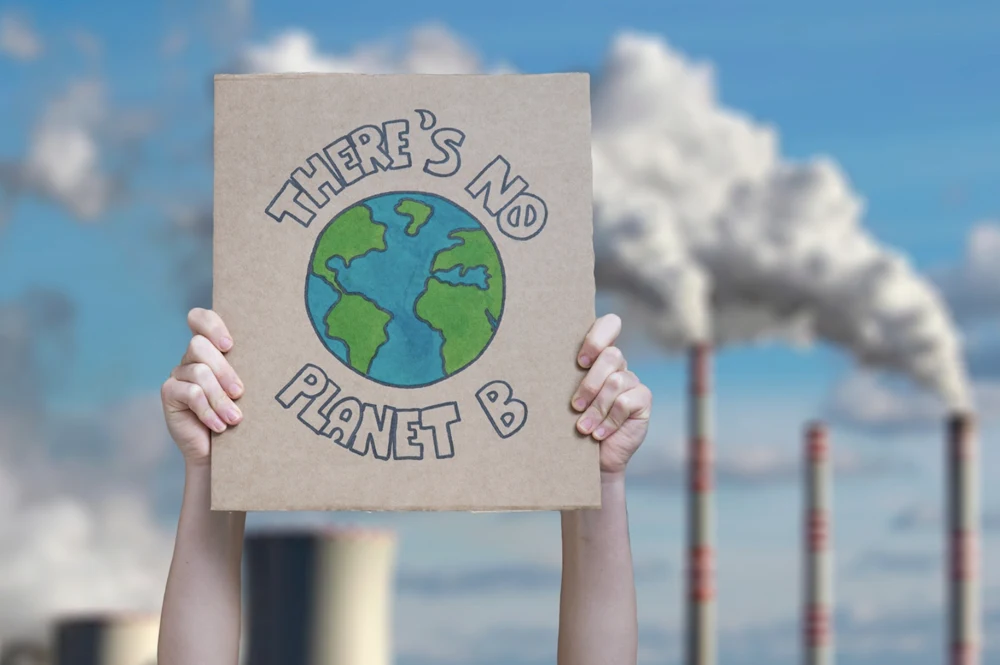
Introduction
The Earth's climate is changing. As the climate changes, the polar ice caps are melting. As a result, the weather is becoming more extreme. Heat waves and droughts are getting more frequent. Wildfires are sweeping across the globe. Hurricanes are becoming more devastating and more frequent. It snows later in the spring. It will take a global effort to reverse the impact of climate change and save our planet.
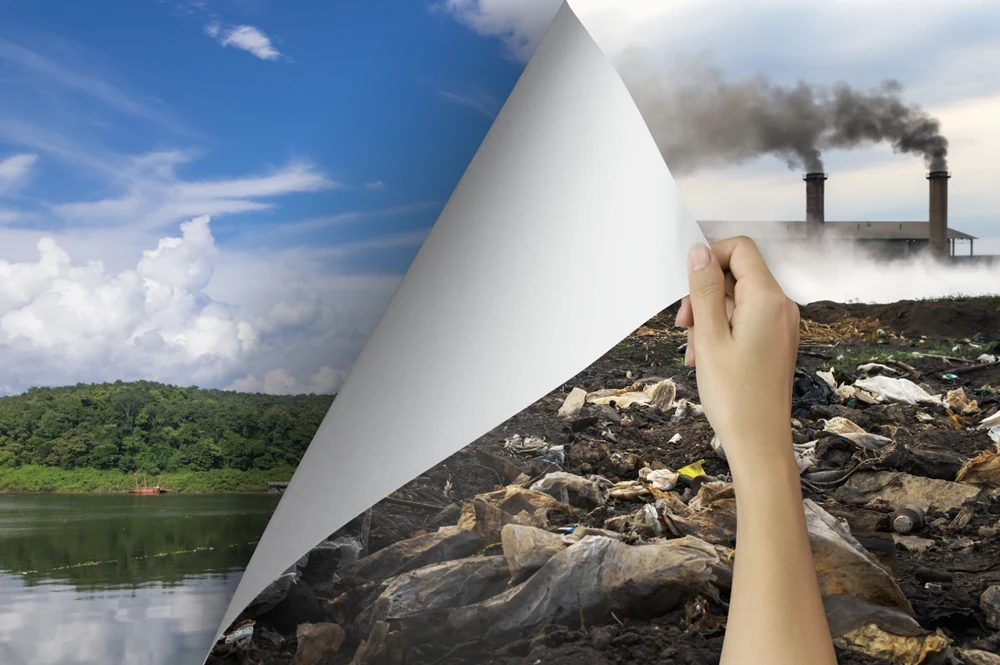
Background Knowledge
Climate change is not a new issue for Earth. Scientists in the early 1800s identified the atmosphere as a thermal blanket, keeping the Earth warmer than it should be, based on the distance from the sun. By the late 1800s, carbon dioxide was predicted to harm the atmosphere. In 1938, scientist Guy Callender directly connected rising carbon dioxide levels and global warming. Gilbert Plass published the Carbon Dioxide Theory of Climate Change in 1956. It identified industrial processes and human activity as contributing to the warming and predicted that the warming trend would continue for several hundred years.
The first global meeting about climate change was the World Climate Conference in 1979. Hosted by the World Meteorological Organization and held in Geneva, this was a scientific conference where leaders in the field came together to share information. A significant outcome of this conference was the establishment of the World Climate Programme.
During the 1980s, the United States and many major world powers focused on the climate. As a result, scientists identified the harmful impact of chlorofluorocarbons (CFCs) and began to regulate air pollution to decrease acid rain.
Climate Change came to the forefront in the 1990s. Since then, scientists and governments have focused their attention on reducing these harmful impacts across the globe. The second World Climate Conference convened in 1990. This conference shifted from a purely scientific focus to a more political one. Outcomes from this conference included the UN Framework Convention on Climate Change and the Global Climate Observing System.
The World Climate Conference convened again in 2009. The focus of this conference was to tackle climate change and begin to make a difference. The goal was to create long and short-term timelines to combat climate change and increase a global commitment to the cause. The UN Millennium Development Goals, a list of 8 international goals, came from this conference and were the precursor to the UN's Sustainable Development Goals.
Focus on Climate Change continued with the Paris Accords in 2015, also known as the Paris Agreement, this legally binding treaty set long-term goals that are revised every five years. 193 nations have signed the Agreement agreeing to substantially reduce global greenhouse gas emissions to limit the global temperature increase in this century to two degrees Celsius while pursuing efforts to limit the increase even further to 1.5 degrees. They also agreed to review countries' commitments every five years, and provide financing to developing countries to mitigate climate change, strengthen resilience, and enhance abilities to adapt to climate impacts.
The United Nations continues its focus on Climate Change. In 2020, the global average temperature was 1.2° Celsius above the baseline. This is off the target of 1.5 degrees Celsius that was agreed to in the Paris Agreement. In addition, NASA identified the following indicators of climate change: global temperature rise, warming oceans, shrinking ice sheets, glacial retreat, decreased snow cover, sea level rise, declining arctic sea ice, extreme weather events, and ocean acidification.
The United Nations has committed to "take urgent action to combat climate change and its impacts" with sustainable development goal 13.
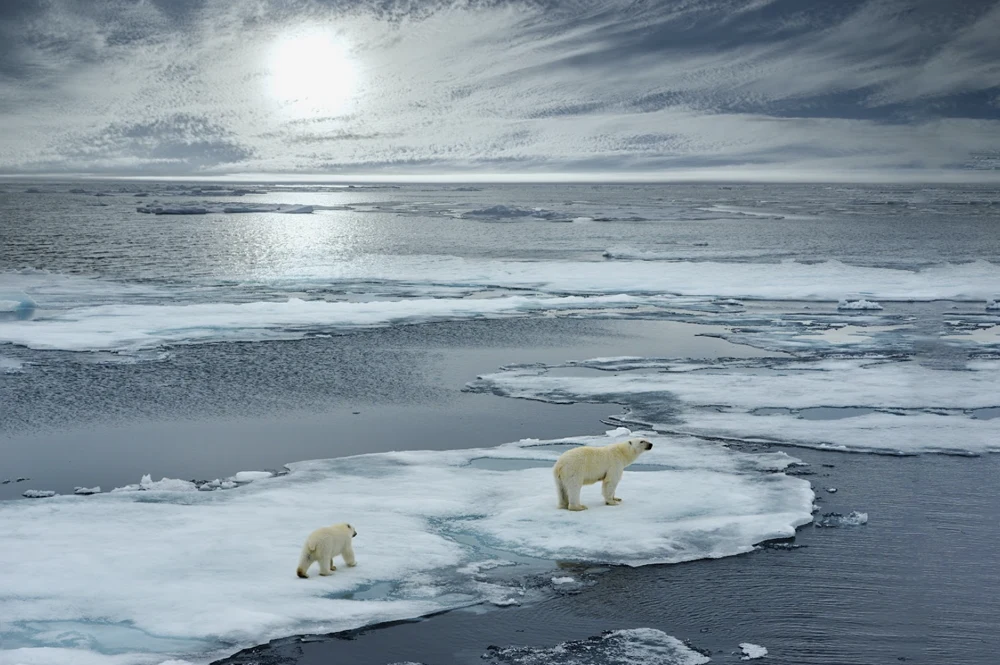
ACTIVITIES
-
UN Target 1 - Strengthen resilience and adaptive capacity to climate-related hazards and natural disasters in all countries.
- Climate change has caused an increase in extreme weather events across the globe.
-
READ
-
Bringing the Rain to Kapiti Plain by Verna Aardema (ISBN 9780140546163)
- Ki-Pat brings rain to the Kapiti Plain, which is stricken by drought.
-
Heatwave By Helen Ketteman (ISBN 9780802775771)
- What should you do when it is so hot on the family farm that the corn is popping in the field? A young girl creatively solves the problem for her family.
-
Ninth Ward by Jewell Parker Rhodes (ISBN 9780316043083)
- Lanisha lives in New Orleans with her caretaker, Mama Ya-Ya. Mama Ya-Ya has a vision of a terrible hurricane, which comes true.
-
I Survived the Joplin Tornado by Lauren Tarshis (ISBN 9780545658485)
- Dexter gets the opportunity to chase tornadoes with a famous scientist. His life changes when the storm shifts directions, and he gets a front-row seat to the power and destruction of the Joplin tornado.
-
Blizzard by John Rocco (ISBN 9781423178651)
- Rhode Island got 53 inches of snow during the Blizzard of 1978. This book tells about the author's experiences in the storm.
-
Bringing the Rain to Kapiti Plain by Verna Aardema (ISBN 9780140546163)
- WATCH
-
DO
- The Mount Washington Observatory Webcams (TeachersFirst review) has recordings of their programs, many of which touch on extreme weather.
- Students can experience extreme weather through a number of STEM activities with ideas from STEM-Works.
-
UN Target 2 -Integrate climate change measures into national policies, strategies and planning.
- The United Nations Framework Convention on Climate Change charges countries to focus on climate change and decrease greenhouse gas emissions.
-
READ
-
Our House is On Fire: Greta Thunberg's Call to Save the Planet by Jeanette Winter (ISBN 9781534467781)
- Greta Thunberg has become a global agent for change. From a protest of one to a global voice, Greta is forcing the world to focus on climate change.
-
A Hot Planet Needs Cool Kids by Julie Hall (ISBN 9780615155852)
- This title empowers students to get involved in the climate change crisis!
-
Greta and the Giants by Zoe Tucker (ISBN 9780711253773)
- Greta Thunberg was a small voice that made a big difference. This book shares her story and provides ideas for how students can get involved.
-
The Tantrum that Saved the World by Megan Herbert (ISBN 9781623176846)
- Sophia is inundated with visitors who have been impacted by climate change. As she hears their stories, she decides to take a stand and take their fight to City Hall. When she is ignored, she fights on a larger scale and chooses to save the world.
-
Our House is On Fire: Greta Thunberg's Call to Save the Planet by Jeanette Winter (ISBN 9781534467781)
- WATCH
-
DO
- Take a virtual field trip (TeachersFirst review) to the UN Climate Change Conference.
- Use the Take Action for Climate Justice resource from Oxfam (TeachersFirst review) to motivate students to take action.
-
UN Target 3 -Improve education, awareness-raising and human and institutional capacity on climate change mitigation, adaptation, impact reduction and early warning.
- When we know better, we do better. Increasing education and awareness across the globe will benefit everyone.
-
READ
-
Fever at the Poles by Stephen Aitken (ISBN 9781616416713)
- A book for young readers, Fever at the Poles, explains climate change and how it is impacting the Earth at the Poles.
-
Magic School Bus and the Climate Challenge by Joanna Cole (ISBN 9780545434256)
- Mrs. Frizzle takes the class on an adventure to learn more about climate change with the science textbook that is outdated and does not have good information.
-
Winston of Churchill: One Bear's Battle Against Global Warming by Jean Davies Okimoto (ISBN 9780989429108)
- Winston, the polar bear, realizes that his home is melting away. He decides to use the tourists to get his message out and stages a polar bear protest.
-
Who Turned Up the Heat?: Eco-Pig Explains Global Warming by Lisa French (ISBN 9781602706644)
- Eco-Pig teaches his community about global warming.
-
Fever at the Poles by Stephen Aitken (ISBN 9781616416713)
- WATCH
-
DO
- Calculate your Global Footprint. Use the data to brainstorm ways to reduce your personal or class footprint. The website has resources to help readers reduce their footprint. Extend the activity by creating a footprint poster with ways to save the Earth.
- Explore NASA's Climate Kids Interactive Website (TeachersFirst review). The site includes videos, games, information, and activities for students to explore.
- Using Science Sparks (TeachersFirst review), create models of the greenhouse gasses. Pair the models with a discussion of each of the greenhouse gasses and an experiment showing the greenhouse effect.
- Explore the Ology Resource (TeachersFirst review) from the American Museum of Natural History. The site includes videos, games, information, and activities for students to explore.
- Compare satellite pictures from the US Geological Survey (TeachersFirst review) and see if students can determine what caused the images to be different.
- Outrider (TeachersFirst review) provides articles about various aspects of climate change. Students can explore an interactive map to see the effects of climate change on their region.
- Antarctic ice is melting, and the New York Times has an interactive site (TeachersFirst review) from a research trip.
- Play these interactive climate change games!
- Play Illuminate to understand global solutions and repercussions of climate change; this activity focuses on Canada.
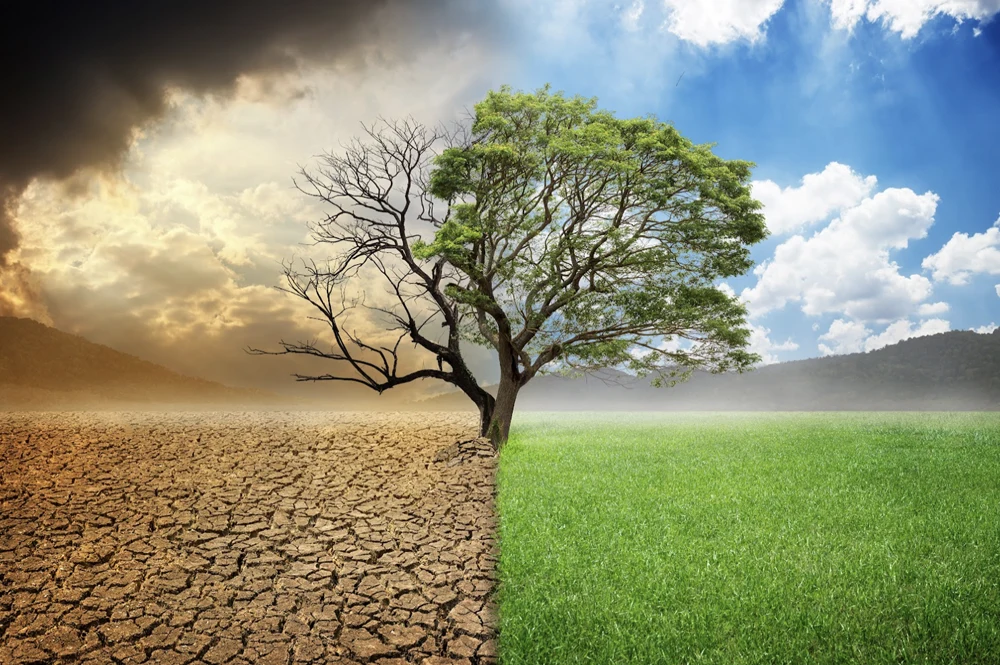
EXTENSIONS
Gamify Climate Change
- After students have learned about climate change and its effects on the Earth, encourage students to create a game to teach others about climate change. Ideas include creating a Kahoot trivia game (TeachersFirst review), coding a game using Scratch (TeachersFirst review), or using craft supplies to create a board game.
- NASA has created an interactive introduction or review of climate change through Climate Kids (TeachersFirst review).
- Play the Twisted Game of Climate Change using a Twister mat as a fun assessment of student knowledge.
Looking Forward
- From the Exploritorium (TeachersFirst review), explore the future here and then create a visual representation of how the future looks. Show how the land of the future Earth will look. Show what plants and animals would live on the new Earth. Finally, show how humans would live on an Earth impacted by climate change.
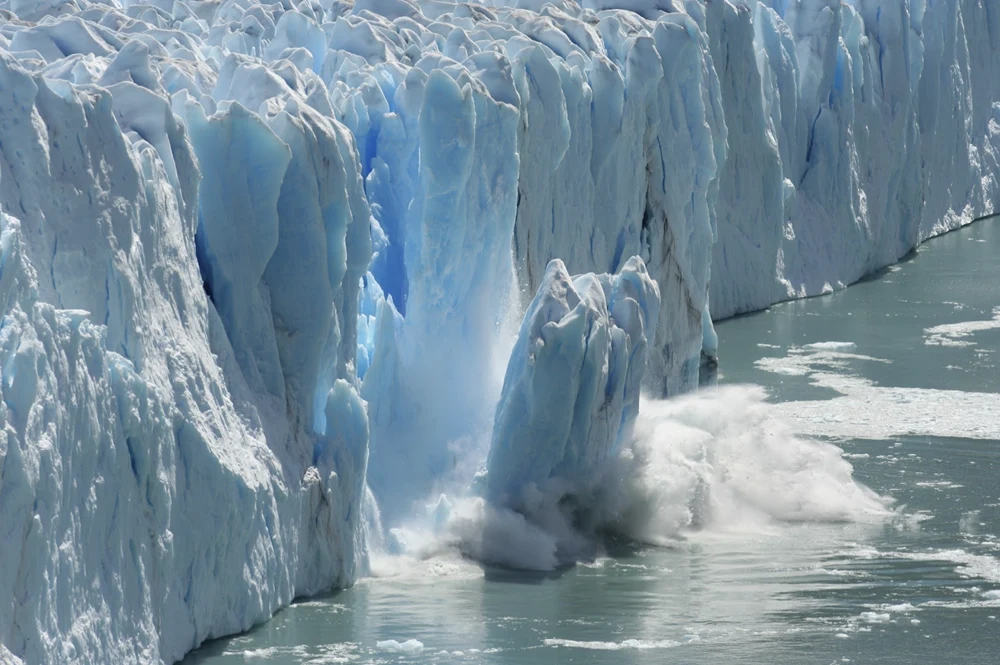
CORRELATION TO STANDARDS
-
AASL National School Library Standards
- Inquire Shared Foundation, Think Domain - Learners display curiosity and initiative by: 1. Formulating questions about a personal interest or a curricular topic. 2. Recalling prior and background knowledge as context for new meaning
- Inquire Shared Foundation, Create Domaine - Learners engage with new knowledge by following a process that includes: 1. Using evidence to investigate questions. 3. Generating products that illustrate learning.
- Inquire Shared Foundation, Grow Domain - Learners participate in an ongoing inquiry-based process by: 1. Continually seeking knowledge. 3. Enacting new understanding through real-world connections.
- Include Shared Foundation, Create Domain - Learners adjust their awareness of the global learning community by: 2. Evaluating a variety of perspectives during learning activities
- Include Shared Foundation, Grow Domain - Learners demonstrate empathy and equity in knowledge building within the global learning community by: 2. Demonstrating interest in other perspectives during learning activities
- Curate Shared Foundation, Create Domain - Learners gather information appropriate to the task by: 2. Collecting information representing diverse perspectives
- Explore Shared Foundation, Think Domain - Learners develop and satisfy personal curiosity by: 1. Reading widely and deeply in multiple formats and write and create for a variety of purposes. 2. Reflecting and questioning assumptions and possible misconceptions.
- Explore Shared Foundation, Share Domain - Learners engage with the learning community by: 1. Expressing curiosity about a topic of personal interest or curricular relevance
-
ISTE Standards for Students
- Knowledge Constructor - 3d. Students build knowledge by actively exploring real-world issues and problems, developing ideas and theories and pursuing answers and solutions.
